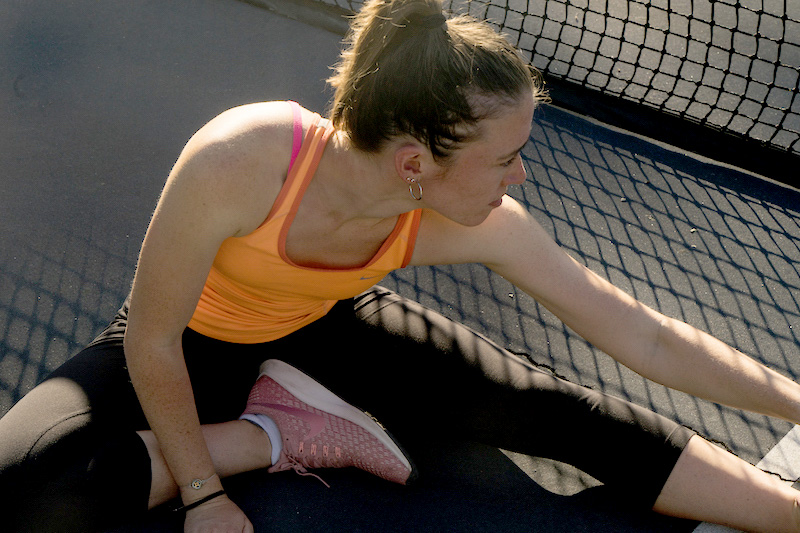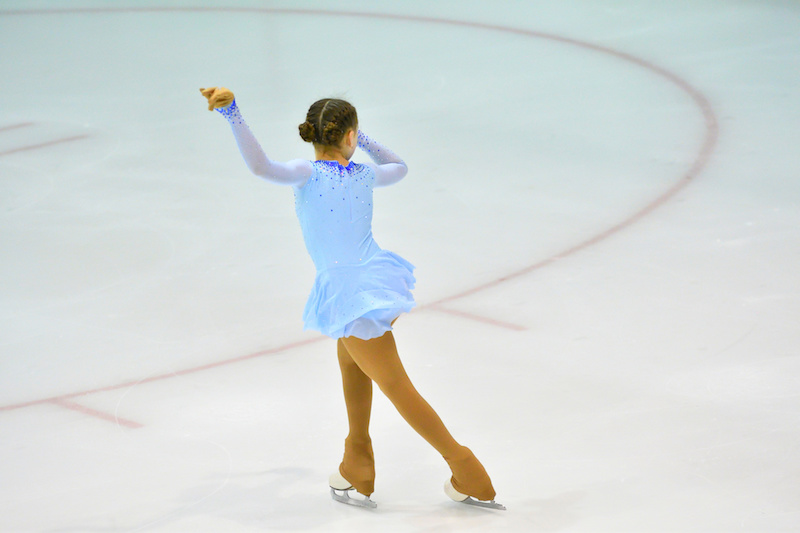When athletes push too hard: How to screen and when to refer

With the rise in the number and competitiveness of female athletes, overtraining has become a serious health risk for many young women. Whether it comes from a coach, parent, teammate, or the athlete herself, the pressure to perform drives many young athletes to practice unsafe behaviors in an effort to boost performance. Instead of building strength, endurance, and confidence, athletic training, when it goes too far, can lead to physical and emotional damage.
In their role as trusted advisors, primary care physicians (PCPs) can help athletes and parents recognize the signs and dangers of overtraining. In this interview, Bridget Quinn, MD, a sports medicine physician in the Female Athlete Program at Boston Children’s Hospital, talks about what PCPs should look for and when they should consider referring a patient to a female athlete program.
Are female athletes different from male athletes?
There are many similarities, and some important differences, between the two groups. Female and male athletes participate in many of the same sports and are at risk for many of the same injuries. Gender does play a role, however, in an athlete’s risk for various types of injuries. There is a higher incidence of ACL injuries in women compared to men. Similarly, relative energy deficiency in sport (REDs) affects both male and female athletes, but the reported incidence is higher in females.
The symptoms of REDs can be subtle and may be attributed to what’s “normal” in a high-achieving athlete. One common symptom of REDs is fatigue.
What is relative energy deficiency in sport and why is it a problem?
REDs occurs when an athlete operates in a low-energy state while simultaneously placing athletic demands on their body. Over time, this energy imbalance signals the brain that the body is in distress. The brain starts conserving energy, leading to an inability to support optimal health and performance. The athlete may be working harder than ever, but their performance starts to decline.
Furthermore, the low-energy state can have short- and long-term implications on the athlete. It can counteract the positive effects of exercise on bone development during adolescence and impair optimal bone mass accrual, leaving athletes more susceptible to fractures and low bone mineral density. The athlete may never achieve their peak bone mass potential. It can also impair the athlete’s metabolism, immune function, gastrointestinal function, cardiovascular health, and psychological health. Not only does REDs impair performance, it increases the athlete’s risk of injury.
How can doctors screen for REDs?
The symptoms of REDs can be subtle and are often attributed to what’s “normal” in a high-achieving athlete. One common symptom of REDs is fatigue. Athletes often carry a high physical and academic load and have trouble getting optimal sleep. Fatigue is often thought to be a combination of these variables. It is important for PCPs to carefully review how the athlete is fueling, how they are training, and their stress level. Athletes who normally have no trouble in school might start having trouble concentrating or struggling academically. They may get sick more often. For female athletes, any irregularity in the menstrual cycle should be investigated further.
REDs affects both male and female athletes, but the reported incidence is higher in females.
Whenever I talk with a female athlete, I always ask about their menstrual cycle. Any disruption — whether the cycle becomes irregular, lighter, or stops altogether — is a red flag for energy deficiency. The athlete’s growth chart is a wonderful point of reference. If an athlete is falling off their growth chart, I know I need to dig deeper.
Going over an athlete’s history of injury can also be very revealing. If somebody comes in with repetitive injuries, delayed healing, recurrent stress fractures, or an injury that doesn’t line up with how it occurred, there’s a very real chance that REDs is at play.
From your perspective, does the medical community seem to have a good grasp of best practices when it comes to treating female athletes?
There seem to be varying degrees of understanding in the medical community at large about how to treat female athletes most effectively. For instance, it is not uncommon for athletes to be prescribed birth control pills for irregular menstrual cycles. This practice is really just a means of ignoring the underlying issue. These athletes continue to be in a low energy state and have all the negative effects related to that, but they’re getting their period, which gives them a false sense of reassurance.

Prescribing birth control to an athlete with an irregular cycle also masks the root of the issue. An athlete’s menstrual cycle is one of the major markers of their neuro-hormonal/energy balance. We lose the ability to gauge the athlete’s energy balance because the birth control pills are producing false periods. In addition, there is still a lot to be investigated and learned regarding how the variety of birth control pills affect bone health.
When is a good time to refer an athlete to the Female Athlete Program?
Any athlete with recurrent stress fractures, repeat injuries, a pattern of declining physical performance despite consistent training, or an irregular menstrual cycle could benefit from the Female Athlete Program. We have a multi-disciplinary group of providers who assess our athletes’ injuries as well as potential contributors to those injuries. Athletes who show signs of disordered eating, including those who have a growing list of foods they believe themselves to be intolerant to in the absence of a medical diagnosis, or who consider certain groups of foods, like carbohydrates as “evil,” can also benefit from our program.
Our program takes a comprehensive approach to each athlete to get a sense of all the variables that could be contributing to what’s bringing them into the office. As sports physicians, we understand the demands athletes are under and how, if they get injured, they want to return to their sport as soon as possible.
We also bring in different disciplines. You can go from seeing me or Dr. Kathryn Ackerman, to seeing one of our sports dietitians, Nicole Farnsworth or Laura Moretti, who specialize in REDs. We work with an incredible network of sports psychologists as well. We are always collaborating on each individual patient’s care, trying to navigate all the nuances of the athlete’s health in order to get them back to being healthy, safe, and strong.
Learn more about the Female Athlete Program.
Related Posts :
-

Relative energy deficiency in sport (REDs): When athletes run on empty
The strength, skill, and speed of Olympic athletes help the rest of us understand human potential in a new light. ...
-

Athletes and fatigue: Why am I so tired?
Working out can boost physical and mental energy. Yet sometimes, athletes feel more fatigued than energized. "Feeling tired after a ...
-

Early sports specialization: How to support your child
Early sports specialization — intensive training and competition in a single sport at the expense of other activities — has become the ...
-

Nurturing strength: Tips for parents of female athletes
The drive to succeed can push female athletes to excel at any cost. Female athlete specialist, Dr. Bridget Quinn, talks ...





